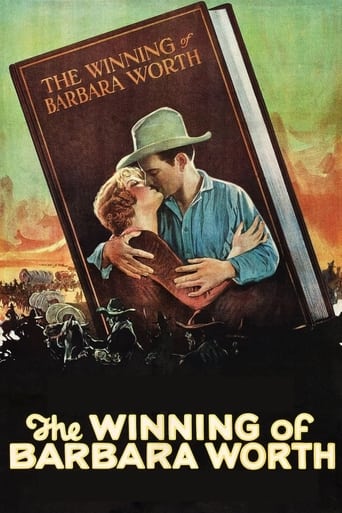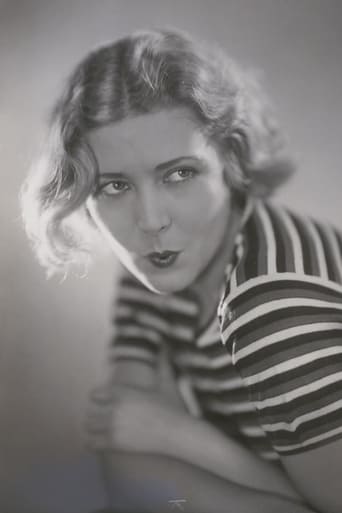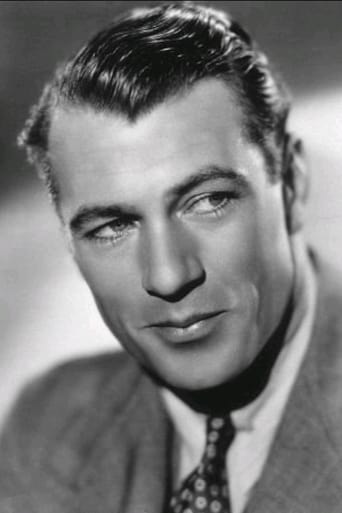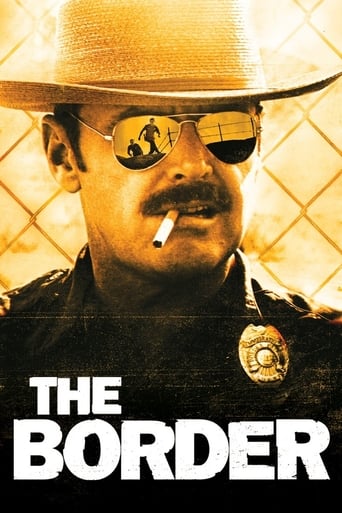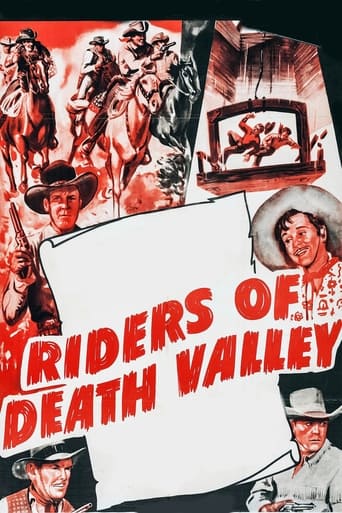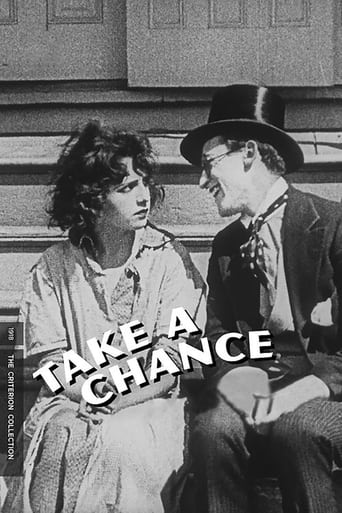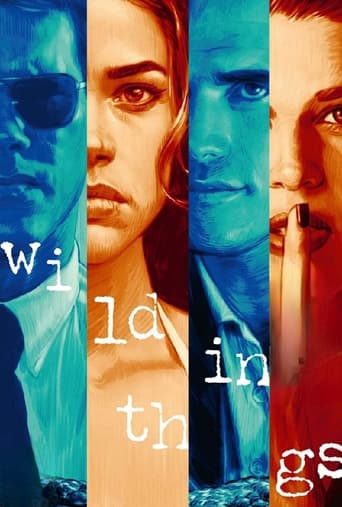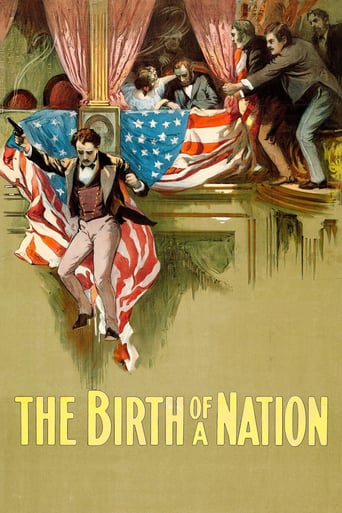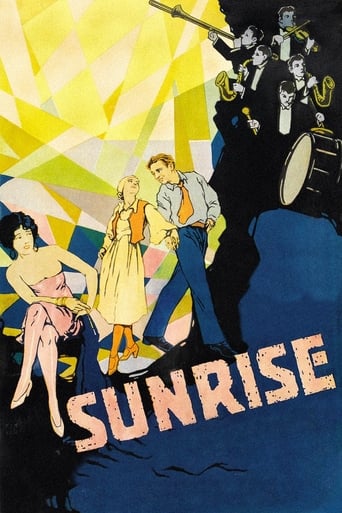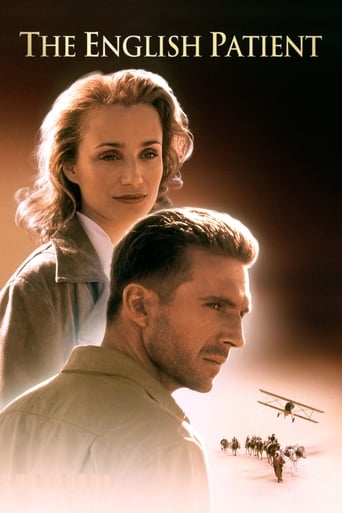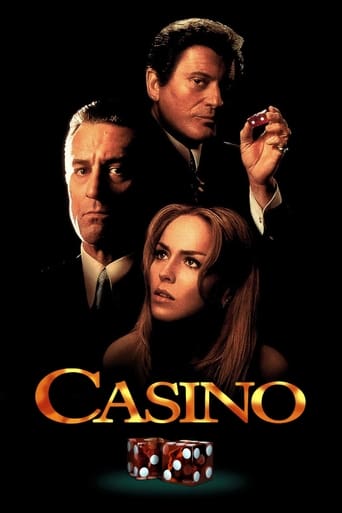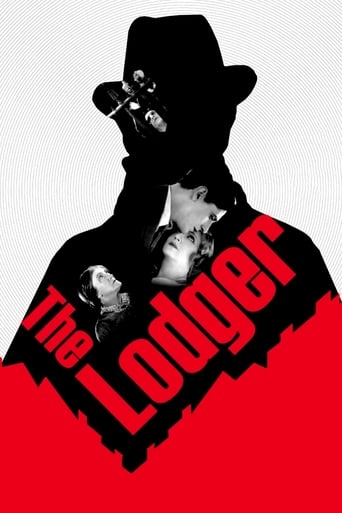The Winning of Barbara Worth (1926)
While building an irrigation system for a Southwestern desert community, an engineer vies with a local cowboy for the affections of a rancher's daughter.
Watch Trailer
Cast


Similar titles
Reviews
the audience applauded
Good concept, poorly executed.
This is one of the best movies I’ve seen in a very long time. You have to go and see this on the big screen.
By the time the dramatic fireworks start popping off, each one feels earned.
SYNOPSIS: Jefferson Worth's dream is to turn the desert wasteland into a garden paradise. To bring this worthy project to fruition, he turns to the Wall Street financier, James Greenfield, and his step-son, engineer Willard Holmes. Unfortunately, Greenfield is a crook.NOTES: Although he figures way down the cast list, Gary Cooper (in his first credited movie appearance) is in reality playing the second male lead. (In fact, he has actually been bumped up into third position on the current DVD). This role was originally slated for cowboy star, Harold Goodwin. Unfortunately for his own career, Goodwin was delayed at Warner Brothers where he was making The Better 'Ole with Syd Chaplin. A replacement had to be found in a hurry. Henry King remembered a screen test he'd seen of Gary Cooper whom he'd signed on as an extra at $50 a week. So King offered Cooper the role and an additional $15 a week.COMMENT: Although it only intermittently captures the religious flavor and fervor of Harold Bell Wright's 1911 novel, The Winning of Barbara Worth proves a grand movie experience, with winning performances all around in a fast-moving plot that cascades into an unforgettable climax. The photography is outstanding and King's direction both forceful and fluid. Production values are particularly rich with awesome location footage and thrilling action scenes involving hundreds of extras. Even Clyde Cook's comic relief seemed mildly amusing. And as for the clash of leading men, personally, I thought the charismatic Cooper easily outshone hard-working Colman. (DVD from M-G-M. Quality rating: 10 out of 10).
Previous reviewers have covered the plot of this film, so i will limit myself to saying that it left me a little disappointed. I did not find the effects particularly impressive, especially when compared to "Noah's Ark". What I liked better were the scenes when the towns men are preparing to go on the rampage if their pay doesn't arrive; Barbara is particularly vulnerable when one of the bad guys takes a shine to her, however, all turns out well in the end. Having read oldblackandwhite's comments about how close we can get to experiencing these movies as a silent era audience would, I suspect that this will never be truly possible, as modern audiences simply don't have the life experiences of our predecessors. I find that when I have been to presentations of silents, the audience, by and large have gone to gawp at an old curiosity, rather than to enjoy a work of art. I pity the fools!!
The Winning of Barbara Worth as seen on a nicely restored DVD in MGM's Gary Cooper Collection, is a beautifully filmed, well acted, "modern" western with impressive special effects in a spectacular flood scene. Unfortunately the sappy, simplistic story -- more suitable for a Saturday matinée kiddie western than a top dollar movie -- undoes much of the good imparted by the high production values. It is hardly the classic many have over-rated it. It is still fairly entertaining and worth watching, if nothing else for the curio value of seeing a young Gary Cooper in his first big roll, playing second banana behind well-established star Ronald Coleman.The cinematography by Georges Barnes and Gregg Toland are really what save this movie from being an over-baked turkey. The shots of the desert especially in the opening sequence are breathtaking. The effects were greatly enhanced by the burnt sienna sepia tints used in this monochromatic color movie for all scenes, indoor and outdoor, except for the night scenes, which were the traditional blue. Director Henry King does an excellent job with the action sequences, especially the panicked crowd of townspeople fleeing from onrushing flood waters. On the other hand he handles his actors in the drama scenes in a very stilted and high histrionic manner already going out of style in this the late silent era. There were times when I feared Vilma Banky would wear the front of her beautiful blonde hair off from repeatedly throwing the back of her hand to her forehead. Ronald Coleman, nevertheless, managed to keep his understated (for the silent era) acting style in trim throughout. Cooper, no doubt being less sure of himself at this early point in his career, sometimes succumbs to deep silent histrionics. In a few scenes, however, we see flashes of his brilliantly understated style of the future.The story, based on a Harold Bell Wright novel, relies on two hackneyed plot devices -- 1) a syrupy love triangle with Coleman and Cooper both smitten by the lovely Banky (and what men wouldn't be!) 2) A robber baron speculator exploiting the poor folks. The robber baron being Coleman's father ties the two together. That wouldn't be so bad, since they ran out of new stories centuries ago, but neither of the two plot lines is very well developed, and plot holes abound. For instance, why was the rich robber Baron so set against spending the money to reinforce the dam, when it was his investment, the town, which would be washed away if the dam broke. And no less a trusted authority than his engineer son had advised him it was likely to burst. As to the lovey-dovey stuff, Vilma's relationships with neither of her two suitors was well developed enough to justify all the fuss.A good watch nevertheless. But a pretty crude movie in many ways for the late silent era. Compare with the Greta Garbo opus The Temptress, released the same year. Wouldn't be fair to compare sweet little Vilma Banky's E-for-effort acting with that of the Great Garbo! I won't. But the general style of the acting in The Temptress is much more sophisticated and so is the story line, though both are still plenty florid by the later talkie standard. The Temptress also features a dam burst, and it is every bit if not more spectacular than the one in Barbara Worth.A criticism has been made that there are too many cutaways for dialog placards in this picture, and I must agree. But this seems to have been a common ailment creeping into late silent movies, possibly in an effort to bring a deeper dramatic depth to the movies. Perhaps this was simply a sign that is was time for the movies to start talking. And that was right around the corner!------------------------- A Special Thanks to fellow reviewer simonton-4 for cluing us in on the source of the pipe organ music score of the current DVD (see his review). The fact that it was a live, improvised performance recorded at a showing of the movie explains why we occasionally hear laughing, coughing, scuffing of feet. It gives the viewer a sense of what it would have been like watching The Winning of Barbra Worth in a 1926 movie house with only a live performance of one or more musical instruments providing sound for the movie. Much more like the original silent movie viewer's experience than the tightly synchronized orchestral scores usually canned with the dvds, which in effect makes them technically sound movies (see my review of Old Wives For New for a further discussion of this issue).
The first thing I thought when I saw this film was "wow--what a great print"--and it's true, the DVD of this film is amazingly well-preserved and the tinting really worked well (it's unusual to see amber tinting but it worked with the desert scenes). The only negative about the DVD is that it has no extras--none at all.The film begins with a woman and her children stuck in the desert. One has already died and she and the young girl are next. However, another wagon arrives soon after and the girl, Barbara, is saved--but it's too late for the mother.Years pass and Barbara is now a pretty young lady. She is loved by Gary Cooper and you'd naturally assume they were intended for each other. A bit later in the film, Ronald Colman comes to this desert town to help build a canal to the Colorado River. He, too, is smitten with Barbara. But before he can marry her, a series of events (naturally) occur to make her hate Colman--even though he really is a good guy and she's misunderstood him. Late in the film, Colman proves himself to be some guy by saving Cooper's life, bringing the payroll to town just before the fickle townspeople burn the place down(?) AND he tries with all his strength to keep the valley from flooding when the river crests. This leads to one of the more amazing scenes in silent history--the flooding of the town. When all is said and done, however, Barbara and Colman are together and everyone lives happily ever after.While the plot is every bit formulaic (with the necessary mistaken impression that jeopardizes their love AND the way he saves the day and her heart), the film itself is so impressive technically that you gotta like it and respect all the work that went to make this incredible film. So, for the plot, I'd give it a 5 and the special effects a 10--leaving a score of 7.5 overall. But, since 7.5 isn't allowed, I'll round it up to 8.By the way, I have heard or read many people say that either WINGS or IT (both Clara Bow starring films) were the "big breakthrough" films for Gary Cooper, but this is NOT true. First, his roles in both were tiny (particularly in IT but both parts lasted only a couple minutes). Secondly, his role in THE WINNING OF BARBARA WORTH was made a year earlier and was a much, much more substantial part.Also, I'd like to add one more comment in case there is any misunderstanding. In a brief scene near the end, there is a throw pillow on the couch with a giant swastika on it. This was NOT a Nazi reference, as the symbol is at least a couple thousand years old (originating in Asia) and the American-Indians often used it--as did many cultures.

